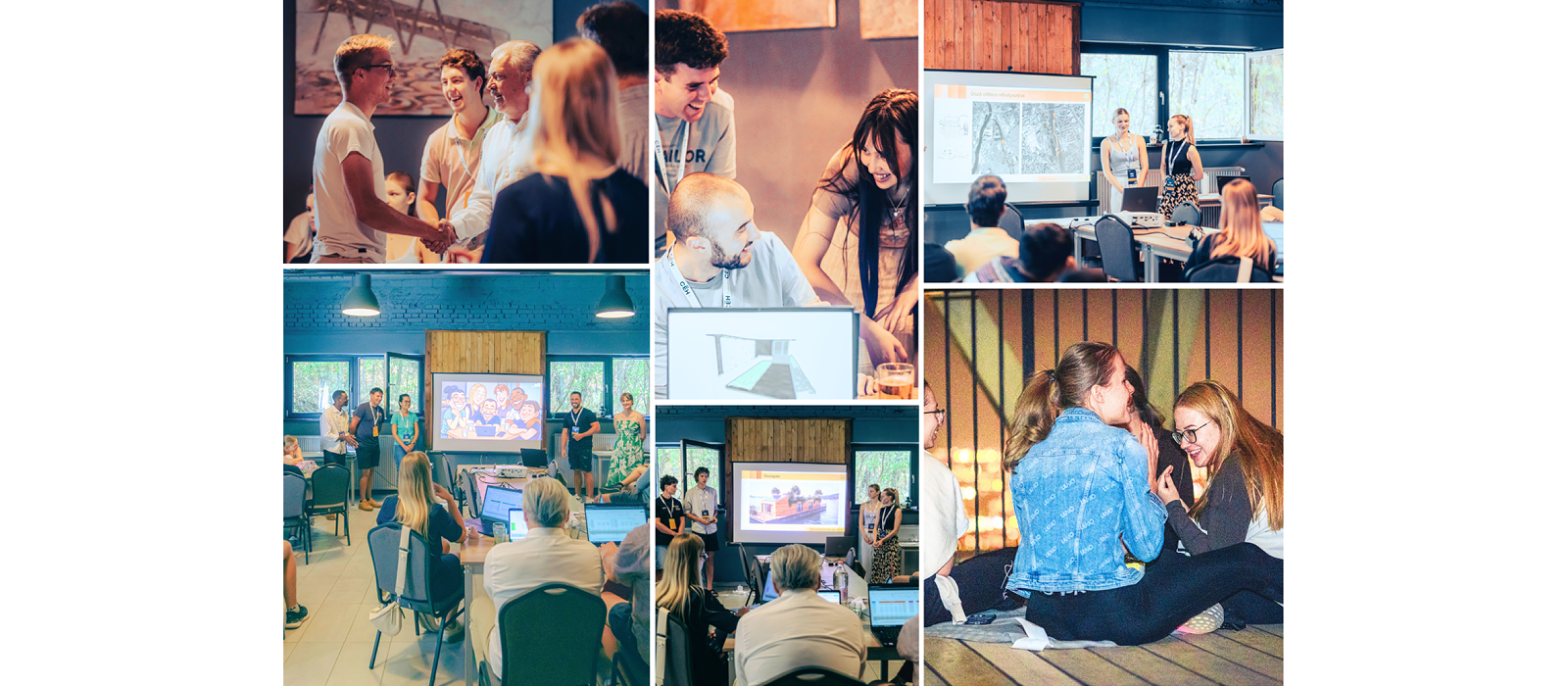Takarékosság világnapja

World Savings Day
From International Pi Day [∏] to Train Drivers’ Day, there are roughly 306 “world days” observed around the globe.
Some of these highlight the importance of certain occupational groups identifiable at an international level, while others call attention to people living with widely known diseases.
Among “world days,” those focusing attention—at least for one day a year—on environmental conditions are attracting growing interest. Although the designation of such “world days” has mostly been tied to campaigns or global events, the rapid changes in our world have clearly elevated some of these days and their messages from among events and anniversaries that too often, unfortunately, draw little attention.
Since 2020, the impact of the COVID pandemic on everyone’s lives—and then the collapse of international supply chains following Russia’s attack on Ukraine—has highlighted the vulnerability of the world economy, institutions, companies, and families. It has underlined that Earth’s resources are far from infinite and that eliminating waste is essential. It showed how a sudden, external event can profoundly affect our personal lives: that we must, on the one hand, prepare personally for such events and, on the other, safeguard the resources still available so that our descendants can also be born into a liveable world.
Feeling this obligation, CÉH zRt. has been organizing an annual Summer University for more than 70 young engineers and architects to expand their knowledge in sustainability and the digital construction industry, and we train our colleagues to use artificial intelligence at an “assistant level.”
Acquiring the highest possible level of knowledge and skills helps ensure that the projects leaving the hands of CÉH zRt.’s designers are sustainable and economical, while our project managers can expertly facilitate not only sustainable but also cost-efficient construction.
In the projects we design or manage, we can significantly reduce energy consumption; we can apply renewable energy sources to a substantial degree to achieve lower operating costs; and, through the LCA calculation method, we can plan or oversee the realization of buildings with lower GHG/CO₂ content/emissions in terms of construction materials.
At the same time, we make a concerted effort to achieve energy- and material-efficient operations at CÉH zRt., and through training we encourage our colleagues to practice personal, private-life frugality as well.
